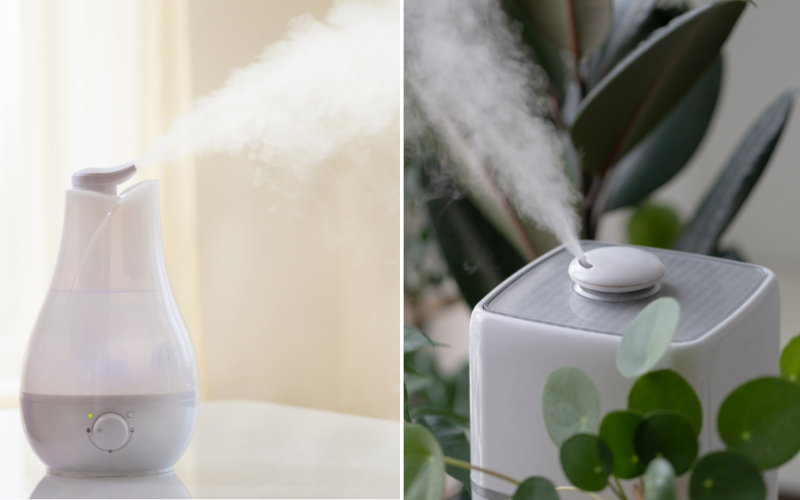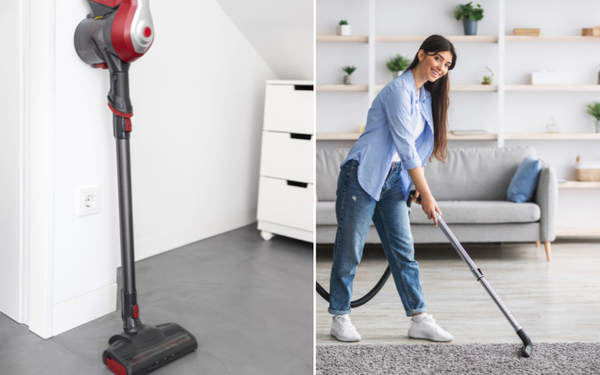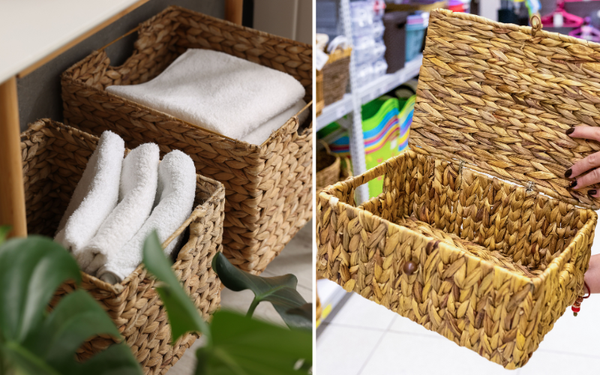When battling sinus discomfort, choosing the right type of humidifier is a pressing question: is warm or cool mist humidifier better for sinuses? This article provides a straightforward comparison to help you decide which humidifier type might offer you the best relief, without an overwhelming amount of detail or any sales pitches.
Key Takeaways
- Maintaining an indoor relative humidity level between 30% to 50% can alleviate sinus congestion and irritation, with both cool and warm mist humidifiers being effective at adding necessary moisture to the air.
- While warm mist humidifiers can slightly warm a room and reduce airborne bacteria, they pose burn risks and may cause nasal passage swelling; cool mist humidifiers are safer for children and pets but require regular cleaning to prevent bacterial growth.
- Regular cleaning and use of distilled or filtered water in humidifiers are crucial to prevent the spread of bacteria and white dust, ensuring healthy air quality and device longevity.
Understanding Sinus Health and Humidity
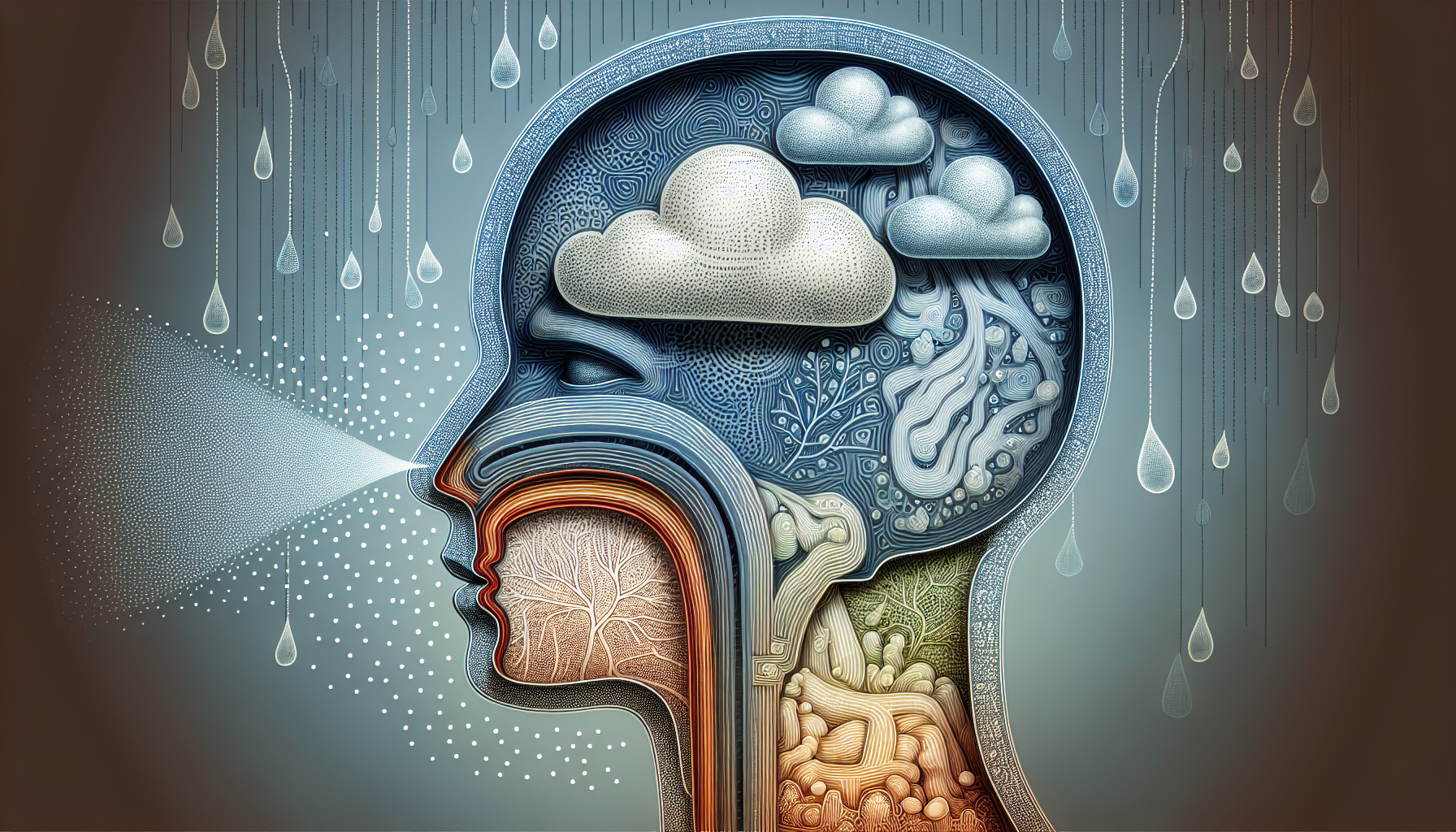
Sinus health is deeply intertwined with the level of humidity in our surroundings. When the air is too dry, our sinuses can become irritated and inflamed, leading to congestion and discomfort. However, the presence of a mist humidifier, particularly cool mist humidifiers, can add the much-needed moisture to the air, promoting a comfortable environment for our respiratory system.
The question then arises, what is the ideal humidity level for maintaining sinus health? Experts recommend a relative humidity level between 30% to 50% for home environments. This delicate balance helps to moisten our skin, thin the mucus in our sinuses, and alleviate congestion symptoms.
This is where humidifiers come into play. There are different types of humidifiers that can help add moisture to the air, including:
- Portable humidifiers
- Whole house humidifiers
- Ultrasonic humidifiers
- Evaporative humidifiers
Whether it’s a cool mist humidifier or a warm mist humidifier, these devices can contribute significantly to maintaining your home’s humidity levels within the recommended range, thereby supporting your sinus health.
The Science of Warm Mist Humidifiers
Warm mist humidifiers, as their name suggests, add humidity to the air through the release of warm mist. These devices contain an internal heating element that boils water, emitting hot steam into the air without the need for an internal fan. The simplicity of this mechanism makes these humidifiers quieter and less expensive compared to some other types, and can even help in reducing bacteria in the air. Additionally, the warm steam released from these humidifiers can slightly raise a room’s temperature, providing additional warmth during colder months. However, it’s worth noting that the warm, steamy air could lead to swelling in the nasal passages, which might not be beneficial for everyone.
Safety Considerations with Warm Mist
While warm mist humidifiers have their advantages, they do come with a significant safety concern - the risk of burns. The hot components and the hot water they use can pose a burn hazard, particularly around children and pets. The American Academy of Pediatrics advises keeping these devices out of reach of children.
Therefore, if you have young children or pets at home, it’s crucial to exercise caution when using warm mist humidifiers.
Cool Mist Humidifiers: A Closer Look
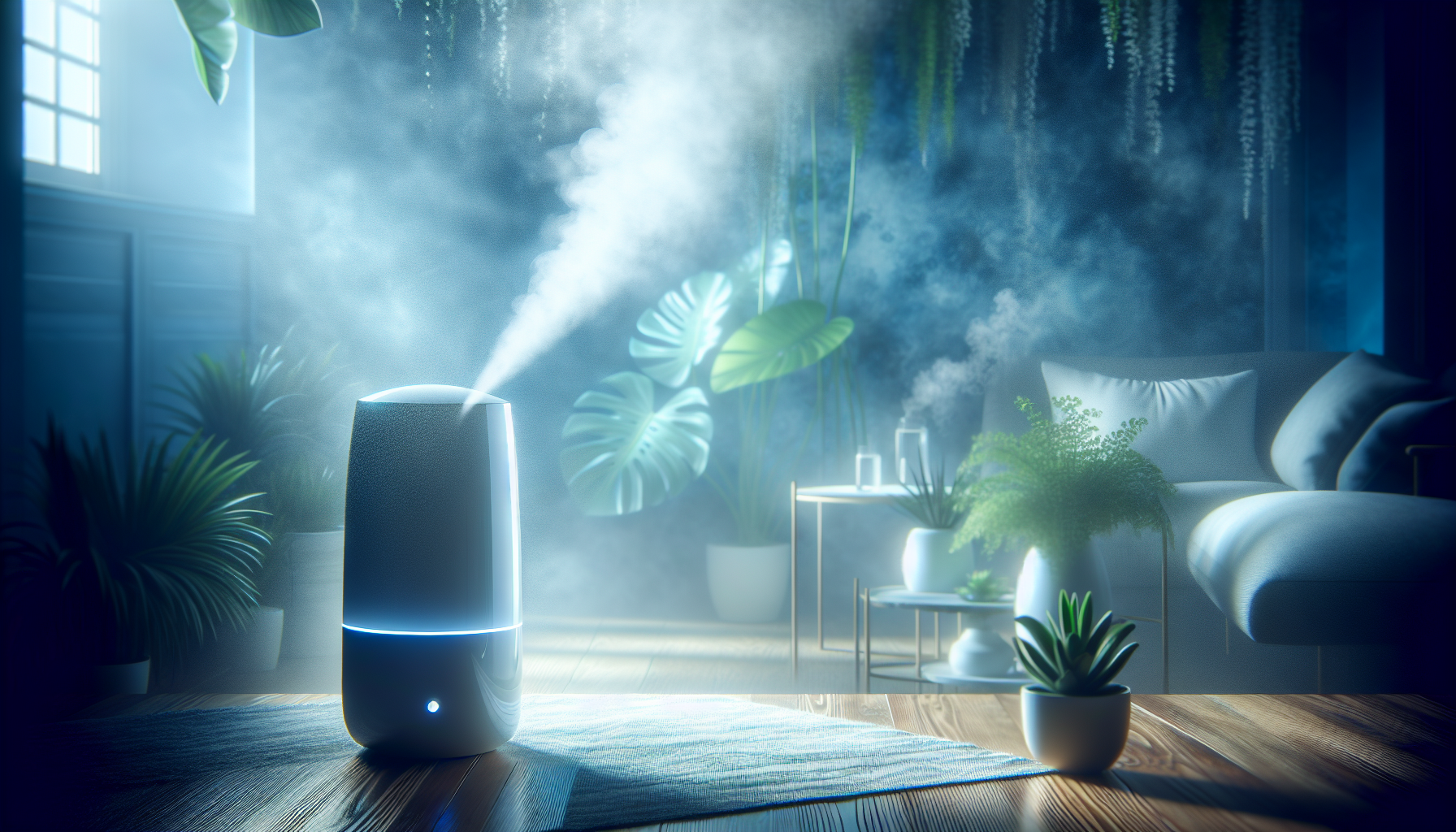
On the other hand, cool mist humidifiers, including ultrasonic, evaporative, and impeller types, release moisture into the air without the use of heat. Ultrasonic cool mist humidifiers, for instance, use a vibrating metal or ceramic diaphragm to propel tiny water droplets into the air.
However, these devices do require proper maintenance. If not regularly cleaned, cool mist humidifiers can accumulate bacteria growth, which might negatively impact sinus health. Despite this, they continue to be a popular choice due to their cold symptom relief properties and safety around children and pets.
Benefits for Sinus Sufferers
The benefits of cool mist humidifiers for sinus health are manifold. These devices can help:
- Shrink swollen nasal passages, providing much-needed congestion relief
- Soothe nasal passages
- Reduce congestion
- Relieve dryness and irritation in the throat
- Prove effective during colds and coughs
Plus, they pose zero burn risk, making them a preferred choice for households with children or pets.
Comparing Humidifier Types for Sinus Comfort
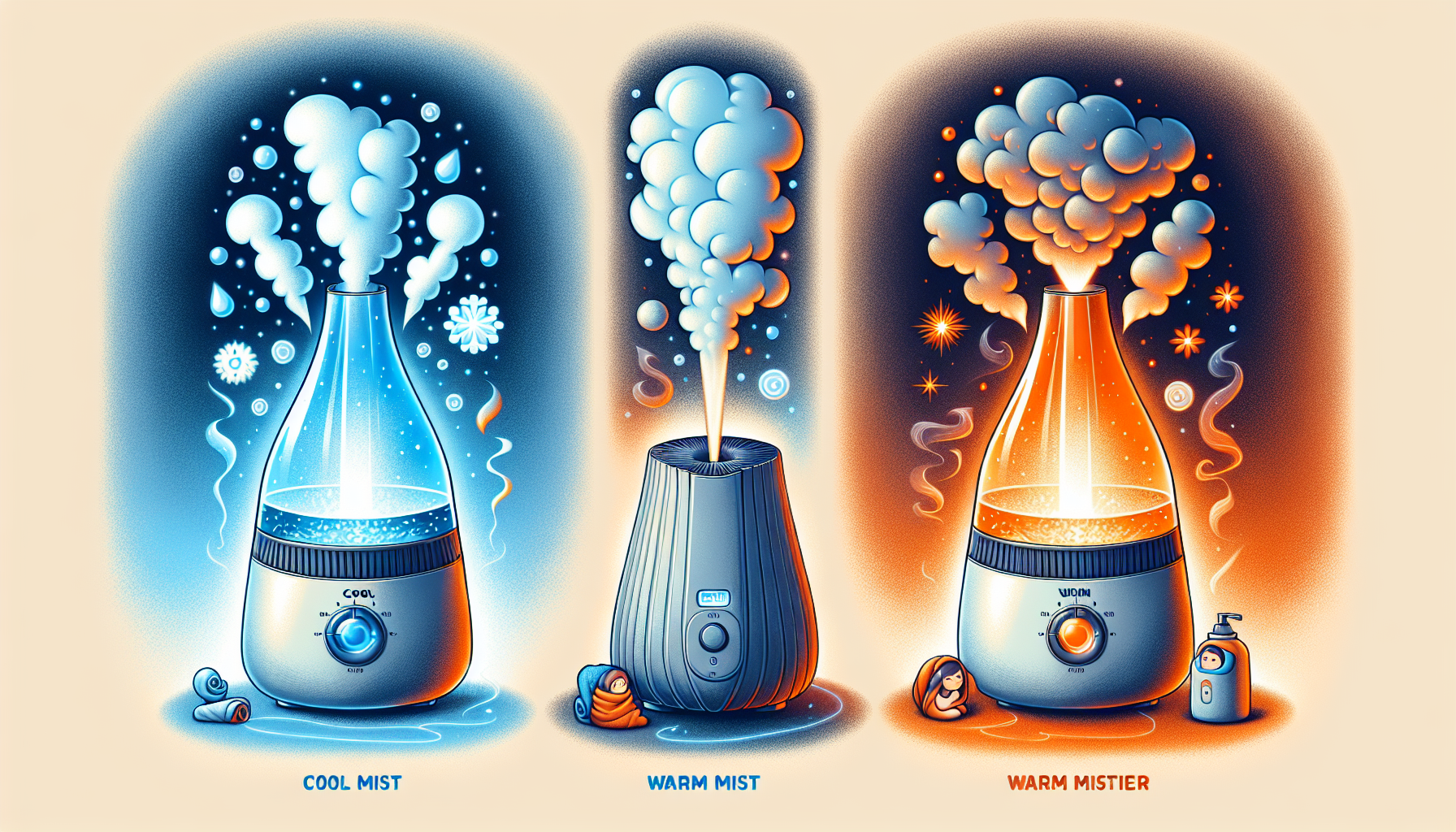
When it comes to sinus comfort and alleviating cold symptoms, both cool mist and warm mist humidifiers can effectively add moisture to the air. While warm mist humidifiers may be quieter and less likely to disperse allergens and bacteria compared to cool mist humidifiers, the latter are safe for households with children and pets.
In choosing the best humidifier for sinusitis, consider factors such as price, effectiveness, and proper usage. Whether you opt for a warm mist option that heats water to create steam vapor, or a cool mist variant that releases moisture without heating the air, remember that both types can play a crucial role in supporting sinus health.
Ease of Maintenance and Use
Regardless of the type of humidifier you choose, keep in mind that regular cleaning and proper maintenance are crucial. Improperly maintained humidifiers can disperse bacteria or fungi, aggravating sinus conditions. Make sure to follow the manufacturer’s instructions for regular cleaning and filter replacement, if applicable.
Incorrect usage or neglecting to turn off the humidifier when the optimal humidity level is reached can lead to too much moisture, promoting the growth of bacteria and molds, which can be detrimental to sinus health.
Managing Indoor Humidity Levels

Managing indoor humidity levels is an art, and mastering it can significantly support your sinus health. The Environmental Protection Agency recommends maintaining indoor humidity levels between 30-50 percent to ensure good air quality and conducive conditions for sinus health. You can monitor these levels using a handy device called a hygrometer, which measures the water vapor in the air, displaying the relative humidity percentage.
While humidifiers add moisture to the air, it’s essential to avoid over-humidification. High levels of humidity can create an environment suitable for the growth of allergens such as mold, mildew, and dust mites, worsening symptoms for those with allergies or asthma. Excess humidity can also lead to structural damage within the home, including impacts to walls, ceilings, and paint.
The Role of Water Quality in Humidifier Performance
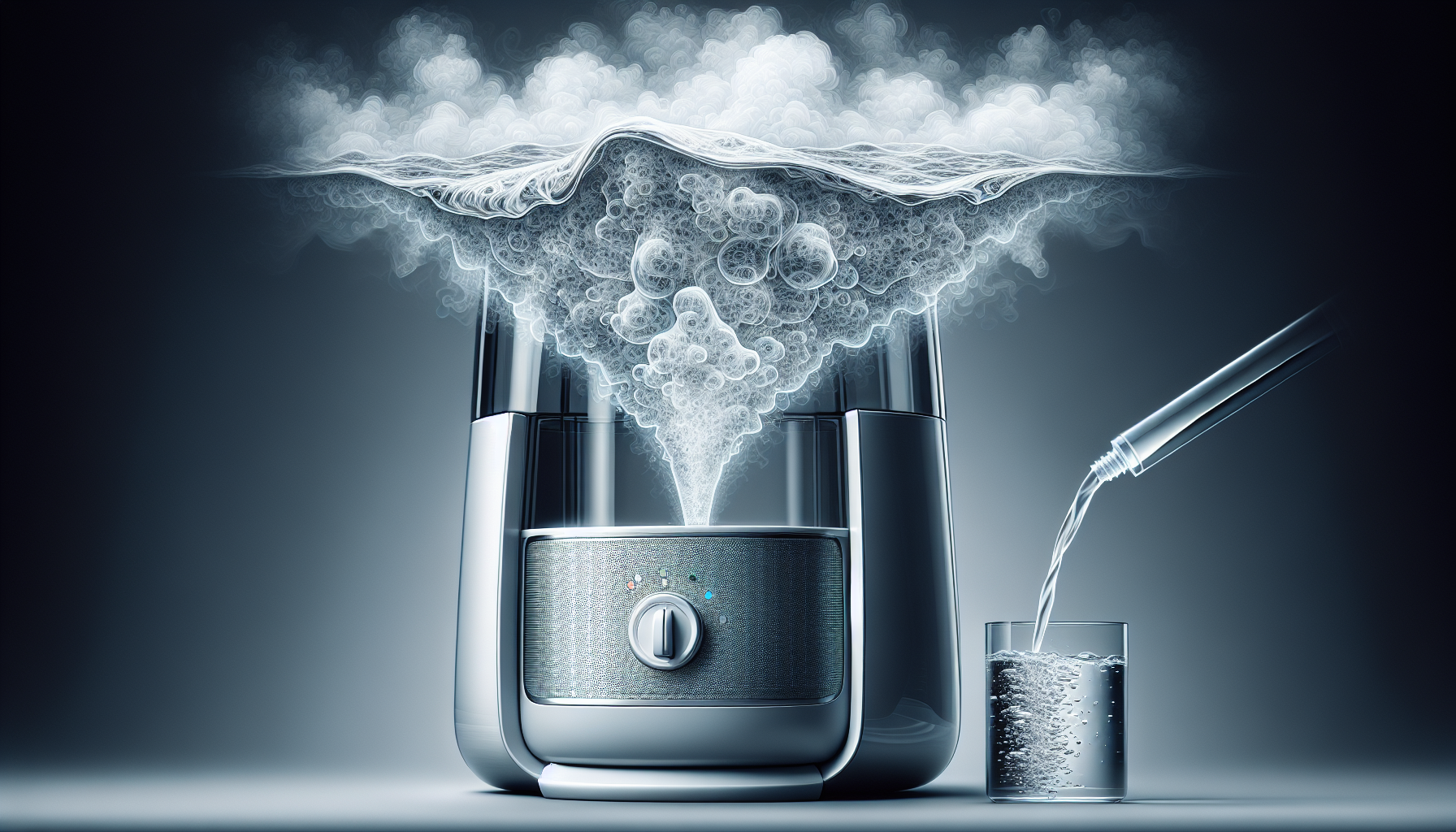
The quality of water used in your humidifier holds significant importance. Distilled water is recommended to prevent ‘white dust’ and ensure healthy, inhalable air free from mineral accumulation. Using distilled or reverse osmosis-filtered water in humidifiers minimizes mineral buildup and reduces the need for frequent cleaning, which can extend the life of the device.
On the other hand, tap water can lead to the growth of microorganisms within the humidifier, leading to the dispersal of bacteria and fungi into the air, which is detrimental to respiratory health. Furthermore, the use of tap water may also lead to the emission of white dust, which can create additional cleaning burdens and affect the humidifier’s efficiency.
Best Practices for Using Humidifiers with Sinus Issues
Proper use and maintenance of humidifiers are essential for maintaining a hygienic environment and supporting sinus health. These devices should be kept clean to prevent the spread of bacteria and fungi, which is vital for individuals with sinus issues.
Daily cleaning of humidifiers is recommended, following the manufacturer’s instructions, and includes regular filter replacement if applicable to maintain a hygienic environment. Humidifiers should only run when necessary and be turned off when the optimal humidity level is reached to avoid over-humidification, which can promote the growth of bacteria and molds.
The moist air from humidifiers can assist in thinning out and loosening mucus, as well as moistening irritated airways, which is beneficial for individuals suffering from sinusitis.
Additional Strategies to Support Sinus Health
While maintaining optimal humidity levels and using the right humidifier can significantly alleviate sinus discomfort, there are other strategies that can support sinus health. Saline nasal irrigation can help remove excess mucus and alleviate congestion. It’s also important to avoid irritants like tobacco smoke and strong perfumes.
If sinus symptoms persist or do not improve with self-care measures, seeking professional healthcare advice is crucial.
Summary
Throughout this informative journey, we’ve delved into the crucial role that humidity plays in maintaining sinus health, the benefits and drawbacks of both warm and cool mist humidifiers, and the importance of their proper use and maintenance. Whether it’s a warm mist humidifier that provides soothing steam or a cool mist humidifier that safely adds moisture to the air, both types can contribute significantly to alleviating sinus issues.
Remember, while these devices can provide substantial relief, they are not a substitute for professional healthcare advice, especially for persistent sinus symptoms. So, choose the humidifier that best suits your needs, follow the maintenance guidelines, keep an eye on your indoor humidity levels, and embrace a life with less sinus discomfort.
Frequently Asked Questions
What kind of humidifier is best for sinus infection?
A cool mist humidifier, such as the Homasy Cool Mist Humidifier or Pure Enrichment MistAire Cool Mist Ultrasonic humidifier, is best for sinus infections as it helps to soothe and moisturize the nasal passages.
Are warm mist humidifiers or cool mist humidifiers better for sinus issues?
Both warm mist and cool mist humidifiers are effective for alleviating sinus issues, but warm mist humidifiers have potential burn risks, especially around children and pets. Consider these factors when choosing a humidifier.
What is the ideal indoor humidity level for sinus health?
Maintaining indoor humidity between 30% to 50% is ideal for sinus health. High humidity can exacerbate sinus issues, while low humidity can cause dryness and discomfort.
How often should I clean my humidifier?
You should clean your humidifier daily, following the manufacturer's instructions, to prevent the buildup of bacteria and fungi.
What type of water is best to use in humidifiers?
Distilled or reverse osmosis-filtered water is best to use in humidifiers to prevent mineral buildup and maintain healthy air quality.
You Might Also Like...
